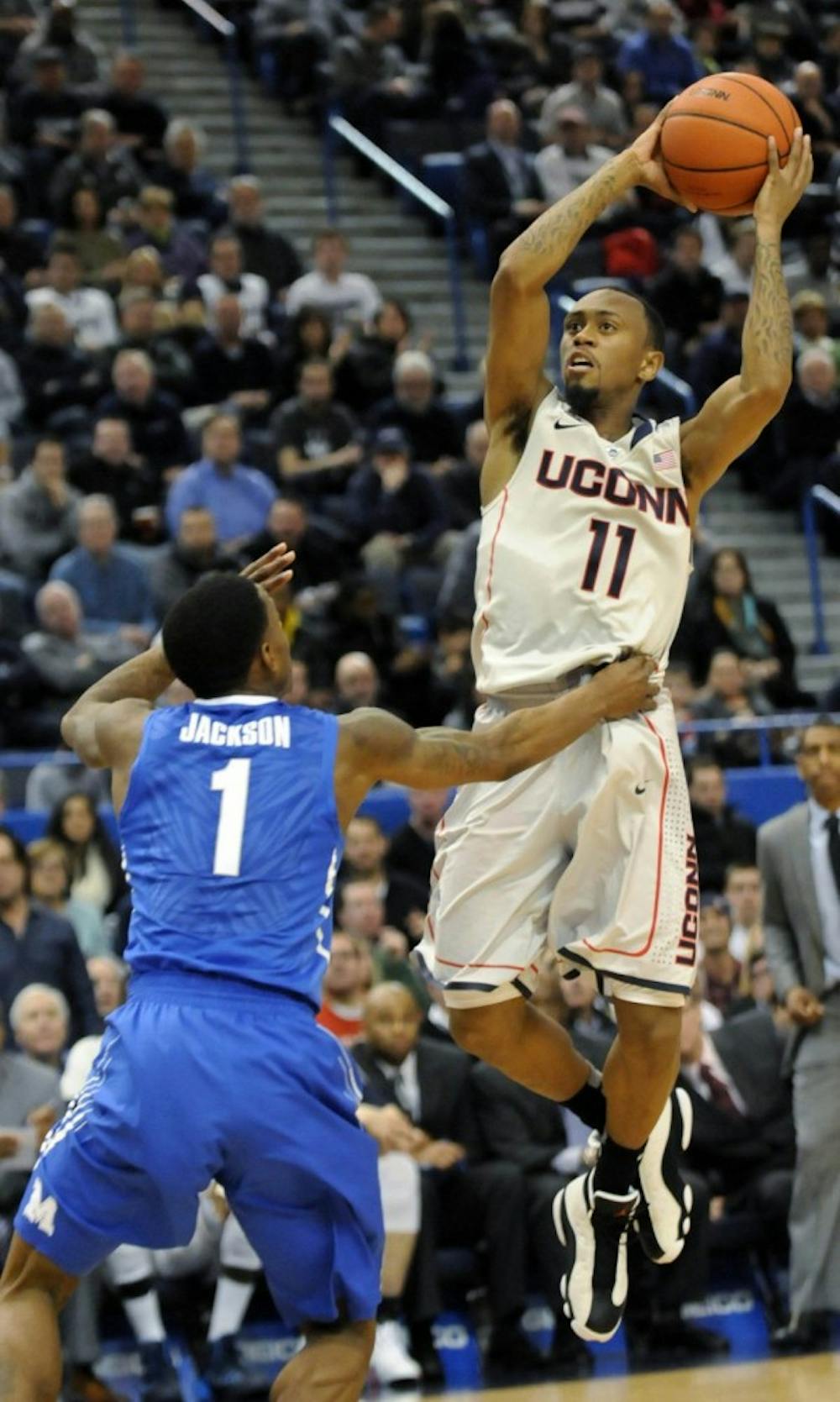As the old Big East Conference split apart and the newly formed American Althletic Conference was formed with holdovers from the old Big East being joined by the University of Houston, Southern Methodist University, the University of Memphis, and Temple University, many pundits relegated the conference to that of a “mid-major.”
Yet, the AAC has been a pleasant surprise in its inaugural college basketball season. Half of the league’s teams are 19-5 or better, and four teams — the University of Connecticut, the University of Cincinnati, University of Louisville and the University of Memphis — are all thought to be talented teams that could vie for a shot at the national title if they were to get hot down the stretch.
On the other hand, the league’s other five teams are all at or below .500, but that does nothing to diminish what the league’s top half has accomplished. Cincinnati and UConn were both predicted to be hit the hardest academically, economically and athletically by being left out of consideration for a bid into a more prominent conference with more money and television exposure to offer. But both have answered the bell and become standard bearers for their new conference by simply winning games, giving their programs and their league additional national exposure.
It will be especially important for those programs, as well as Southern Methodist University and Memphis, to continue to attract national exposure next year as the league is taking another significant hit with the departures of Rutgers University to the Big Ten Conference and Louisville joining a number of past Big East teams in the Atlantic Coast Conference.
With their departures, the league loses a perennial title contender in Louisville, which is widely considered the favorite this season if anyone from the conference is going to make a run at the crown, and a prominent television market in New York/New Jersey with Rutgers, The State University of New Jersey.
But there are a lot of positives the league can sell going forward to ensure its remaining members are satisfied with the direction the league is going in. The league’s top five teams, which are all currently ranked in the Top 25, are all likely to make the NCAA tournament. One thing that brings down the teams’ tournament resumes is the strength of schedule factor. Other than the home-and-homes against each other and a handful of impressive nonconference victories, all five of the conference’s tournament hopefuls will have to compete for a berth against teams who played better competition and had more meaningful wins against stronger opponents.
Despite that, all five teams have done enough in most analysts’ opinions to warrant a trip to the tournament. ESPN “bracketologist” Joe Lunardi has all five teams in the tournament and playing their first game in the “second” round, which used to be the first round until additional opening round games were added before the 2011 tournament.
What does that mean for a conference battling tooth-and-nail for national prominence and respect? Firstly, it shows that the conference was a lot stronger and deep than many had predicted.
But most importantly, it shows that programs like SMU and Memphis have emerged and gained national prominence, which will ease the pressure on long-standing programs like Connecticut and Cincinnati to bring the league the income and exposure it so desperately needs to be successful moving forward.


